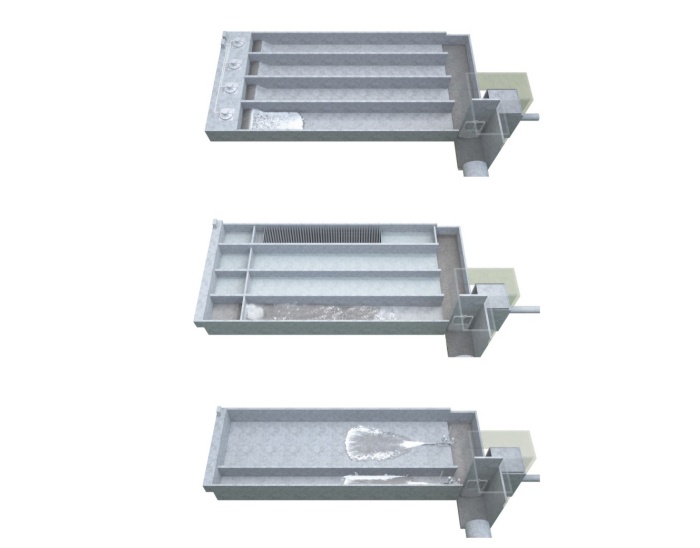

Automated operation of storage facilities with different zoning functions to achieve long-term operation of the storage system.


A regulation and storage facility is a large-scale collection facility for combined sewage or rainwater, which mainly functions to avoid rainwater flood peaks, improve rainwater utilization efficiency, control combined drainage system overflow pollution, reduce initial rainwater pollution to the receiving water body, and playing a positive role in drainage scheduling within the drainage area.
According to the location of the regulation and storage facilities in the drainage system, it can be divided into box culvert regulation and storage, intermediate regulation and storage tank, pump station regulation and storage, terminal regulation and storage tank and sewage plant front regulation and storage.
The intermediate storage tank is located at the beginning or middle position of the drainage system, used to reduce peak flow and improve rainwater utilization.
Terminal regulation and storage tank is located at the end of the drainage system and is mainly used for urban non-point source pollution control.
1. As rainfall begins, according to the design of the tank area, the inlet water of the storage tank can enter the inlet area, storage area, and treatment area in sequence.
2. After the rainfall, the water in the tank is pumped to the main sewage pipe and sewage treatment plant, and it is usually recommended to drain it within 48 hours.
3. After the tank is emptied, use flushing equipment to flush the bottom of the regulating storage tank, and the flushing wastewater is discharged to the sewage pipe network through a water pump.
4. Common flushing methods: HydroSelf, HydroJet and HydroSelf VK..



